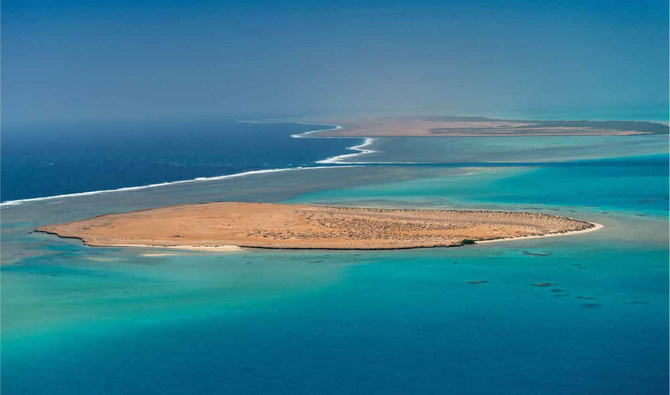RIYADH: Scientists at the King Abdullah University of Science and Technology have discovered the existence of active hydrothermal vent fields in the Red Sea, Saudi Press Agency reported.
The university said on Monday that the Hatiba Mons fields, the largest of their kind ever reported, were the focus of this discovery.
Hydrothermal vents are hot springs created by underwater volcanoes located at tectonic plate boundaries. The release of warm fluids heated by magma beneath the volcano results in an abundance of microbial communities that exceed normal levels.
According to KAUST, these findings will provide valuable insight into the biological and mineral resources of the deep Red Sea, as well as the evolutionary processes of life in extreme environments.
KAUST scientists have identified 45 vent fields at Hatiba Mons, covering an area of 1.6 sq. km. Notably, all 14 directly observed fields were actively venting, setting them apart from other vent fields worldwide, which are typically limited to smaller areas of active venting along mid-ocean ridges.
The vents’ relatively low temperatures, measured at 40 C, have contributed to the formation of numerous iron-oxyhydroxide mounds that support thriving microbial communities. These communities are thought to play an important role in the formation of large mounds, providing favorable conditions for the flourishing of life via positive feedback mechanisms.
The presence of macrofauna near the vents was an intriguing find, highlighting the potential of these microbial communities to shed light on the origins and adaptations of life in the deep sea.






















